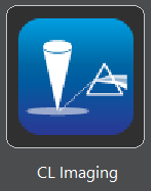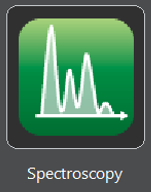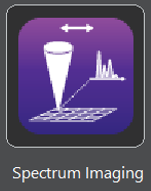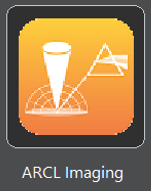During the planning phase of each experiment, it is important to establish what questions you want to answer. When combined with information you already know, such as your sample's geometry or approximate composition, it is easier to select an appropriate technique that delivers answers in the shortest time possible.
 Unfiltered images/maps – Reveal crystal texture in mineralogy, differentiate phases, and quantify extended defects based on their radiative efficiency in semiconductor materials and devices
Unfiltered images/maps – Reveal crystal texture in mineralogy, differentiate phases, and quantify extended defects based on their radiative efficiency in semiconductor materials and devices Individual spectra from a few well-chosen points – Will typically give the highest-quality spectral data
Individual spectra from a few well-chosen points – Will typically give the highest-quality spectral data Wavelength-filtered imaging – A powerful technique to image one wavelength range (band pass) to determine the spatial distribution of different phases or defects
Wavelength-filtered imaging – A powerful technique to image one wavelength range (band pass) to determine the spatial distribution of different phases or defects- Wavelength spectrum imaging – Allows deconvolution of overlapping peaks and mapping of systematic changes in the emission spectrum; collects a complete spectrum at each point in an image
- Individual emission patterns – Determine the direction of photon emission from a few well-chosen points
 Spectroscopic analysis of emission pattern – Capture and analyze the emission spectrum emitted in a given direction or reconstruct emission patterns at a specific wavelength band
Spectroscopic analysis of emission pattern – Capture and analyze the emission spectrum emitted in a given direction or reconstruct emission patterns at a specific wavelength band- Polarization – Ascertain the polarization state of the light emitted; can be used in conjunction with other modes of analysis